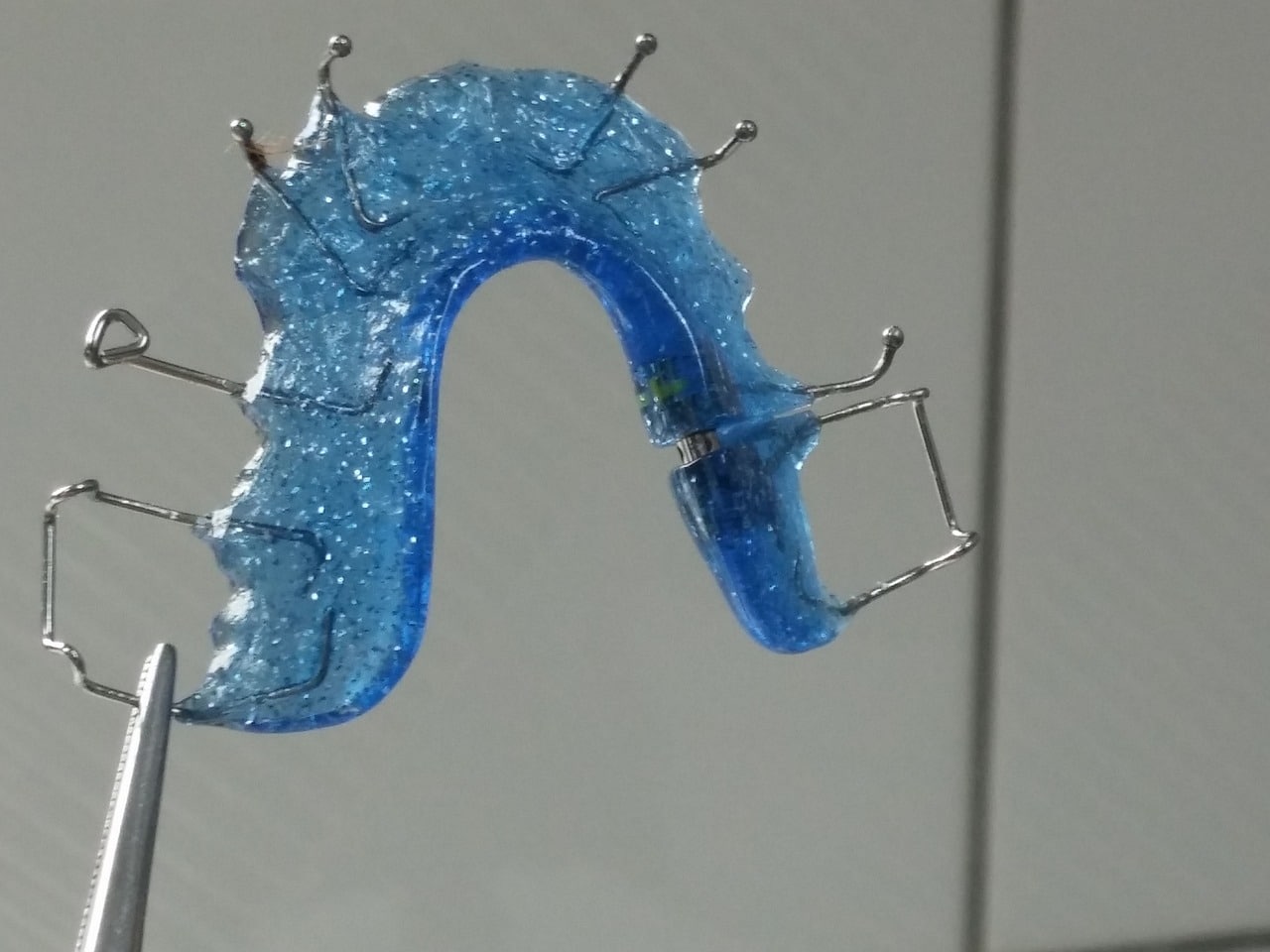
Orthodontics makes it possible to correct dental defects.
Orthodontics is the branch of dentistry that is responsible for the study of malformations and defects of the teeth . The treatment dedicated to correcting these defects is known as orthodontics, on the other hand.
Regarding the etymological origin of the term, we can say that it is found in Greek since the word is made up of the following words: orthos , which can be defined as "correct" ; odon , which is equivalent to "tooth" ; and finally the suffix -ia which can be translated as "action" .
In addition to all this, we have to make it clear that the professional in charge of carrying out the development of this branch of medicine is none other than the orthodontist . We can say that he is a dentist specialized in this area and specifically in what is the crowding of the teeth, which can be severe or mild, and also in the rest of the alterations of the teeth that give rise to it.
Conditions treated by orthodontics
Specifically, we can establish that among the main alterations are prognathism , which occurs when the teeth are in a forward position; the open bite , which makes it clear that when the jaws close, a gap remains between them; and finally retrognathism , which is when the teeth take a backward position.
However, there are many other alterations that are also the subject of analysis and work by the orthodontist professional. This would be the case of deep bite , crossbite , diastemas or collapse .

Orthodontics works with different types of appliances.
Types of appliances
These dental alterations are usually corrected with braces of various types: metal, chameleon, ceramic...
Fixed orthodontic appliances are made up of certain elements that adhere to the teeth using metal alloy arches and a set of ligatures. These appliances are used to modify the positions of the teeth and even to change the dimensions of the jaws.
Fixed devices can begin to be used at any age. Sometimes, they require the extraction of a tooth. It is important to keep in mind that the dentist is responsible for managing the fixed appliances (that is, the patient cannot remove them without the assistance of the orthodontic professional).
Removable appliances , on the other hand, can be removed from the mouth by the patient themselves. In this way, those who use mobile devices remove them to eat or perform oral hygiene .
These devices are usually recommended by the orthodontist to solve simple problems at a lower economic cost and with less inconvenience for the user. They are more common in children than in adults since, when a pathological state is detected in time, it is easier to correct and does not require the constant use of devices.
The mobile devices have an expansion screw so that they can adapt to the evolution of the treatment.
